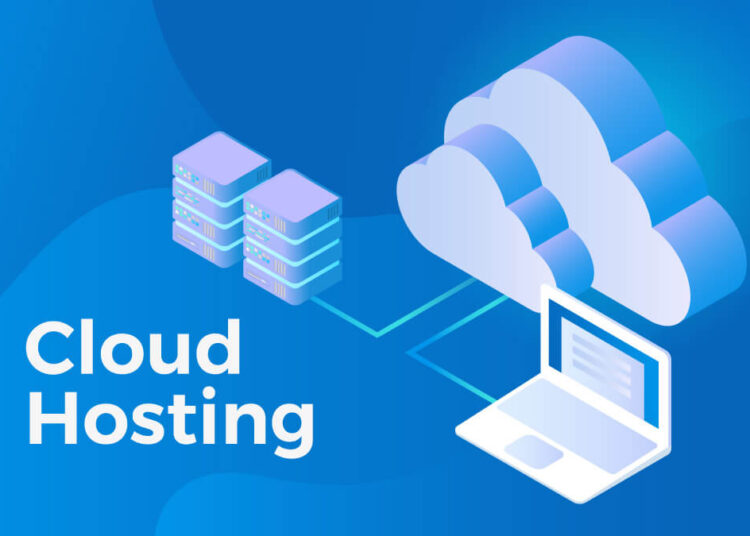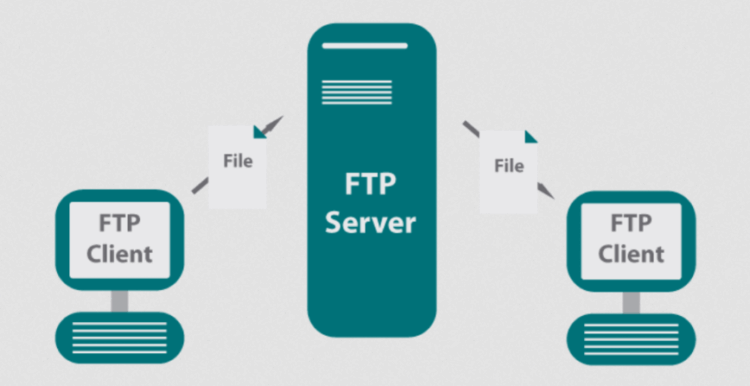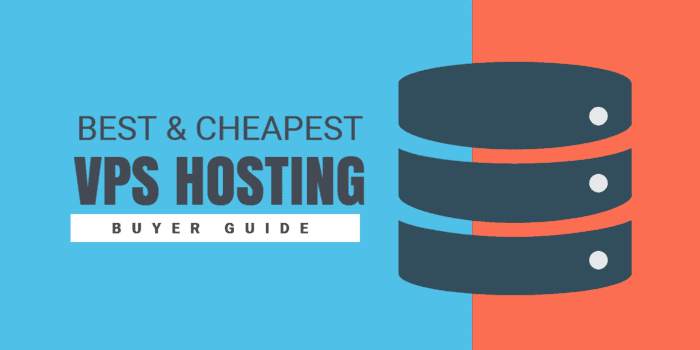Embark on a journey into the world of cloud servers, where innovation meets efficiency. From understanding the basics to exploring advanced setups, this guide offers a comprehensive look at maximizing the potential of cloud server technology.
Overview of Cloud Servers
Cloud servers are virtual servers that run on cloud computing environments. They differ from traditional servers as they are not physically located on-premises but are instead hosted by a cloud service provider.Advantages of Cloud Servers
- Scalability: Cloud servers can easily scale resources up or down based on demand, allowing for flexibility in usage.
- Cost-Efficiency: Pay-as-you-go pricing models mean you only pay for the resources you use, reducing upfront costs.
- Reliability: Cloud servers are hosted on redundant hardware, ensuring high availability and minimizing downtime.
- Security: Cloud providers often have robust security measures in place to protect data and applications.
Popular Cloud Server Providers
- Amazon Web Services (AWS): A leading cloud service provider offering a wide range of cloud computing services.
- Microsoft Azure: Another major player in the cloud services market, providing a variety of cloud solutions.
- Google Cloud Platform: Known for its data analytics and machine learning capabilities, Google Cloud Platform is a popular choice for businesses.
Setting Up a Cloud Server
When setting up a cloud server, there are several key steps to follow to ensure a smooth and secure process. Additionally, understanding the different configuration options available is crucial for optimizing performance and resource utilization. Finally, implementing best practices for securing your cloud server from the start is essential to protect your data and applications.Step 1: Choose a Cloud Service Provider
- Research and compare different cloud service providers based on your needs and budget.
- Consider factors such as reliability, scalability, security features, and customer support.
- Select a provider that offers the best fit for your requirements.
Step 2: Select Server Configuration
- Choose the operating system (OS) for your cloud server, such as Linux or Windows.
- Determine the amount of CPU, RAM, and storage needed for your workload.
- Select additional features like load balancers, databases, and backup services as required.
Step 3: Configure Security Settings
- Create strong passwords and enable multi-factor authentication for added security.
- Implement firewall rules to restrict access to your server and only allow necessary connections.
- Regularly update software and patches to protect against vulnerabilities.
Step 4: Install and Configure Applications
- Install necessary applications and software to support your workload.
- Configure settings for optimal performance and resource utilization.
- Test applications to ensure they are functioning correctly on the cloud server.
Step 5: Monitor and Manage Server Performance
- Set up monitoring tools to track server performance, resource usage, and potential issues.
- Implement automated backups and disaster recovery plans to protect your data.
- Regularly review and optimize server configurations for efficiency.
Managing Resources on a Cloud Server
Managing resources on a cloud server is essential to ensure optimal performance and cost-efficiency. By monitoring resource usage, scaling resources based on demand, and optimizing resource allocation, you can effectively manage your cloud server environment.Monitoring Resource Usage
- Regularly monitor CPU, memory, disk space, and network usage to identify any bottlenecks or areas of inefficiency.
- Utilize monitoring tools and dashboards provided by your cloud service provider to track resource utilization in real-time.
- Set up alerts for resource thresholds to receive notifications when usage exceeds predefined limits.
Scaling Resources Based on Demand
- Implement auto-scaling policies to automatically add or remove resources based on workload fluctuations.
- Manually adjust resource allocations during peak usage periods to meet increased demand without overspending on unused resources.
- Consider horizontal scaling by adding more instances or vertical scaling by upgrading existing resources to handle increased loads efficiently.
Optimizing Resource Allocation
- Right-size your cloud server instances by selecting configurations that meet your workload requirements without over-provisioning.
- Implement load balancing to distribute workloads evenly across multiple instances and avoid resource contention.
- Utilize caching mechanisms to reduce the load on servers and improve response times for frequently accessed data.
Data Backup and Recovery on Cloud Servers
Regular backups are crucial for data stored on a cloud server to prevent loss in case of unexpected events like hardware failures, cyber attacks, or accidental deletions. Having a solid backup and recovery plan in place ensures that data can be restored quickly and efficiently, minimizing downtime and potential data loss.Different Backup Methods for Cloud Servers
- Full Backups: This method involves creating a complete copy of all data stored on the cloud server at a specific point in time. It is the most comprehensive backup method but can be time-consuming and resource-intensive.
- Incremental Backups: Incremental backups only save the changes made since the last backup, reducing storage space and backup time. However, restoring data may require multiple backup sets.
- Snapshots: Snapshots capture the current state of the cloud server at a specific moment, allowing for quick recovery to that exact point in time. They are useful for creating restore points before making significant changes.
Strategies for Recovering Data on Cloud Servers
- Regular Testing: Ensure that backups are regularly tested to verify their integrity and the ability to restore data successfully.
- Automated Backups: Implement automated backup schedules to ensure that data is backed up consistently without manual intervention.
- Offsite Backups: Store backups in a separate location from the primary cloud server to protect against disasters that may affect the primary data center.
- Data Encryption: Encrypting backups adds an extra layer of security to protect sensitive data from unauthorized access during backup and recovery processes.
Security Measures for Cloud Servers
Ensuring the security of your cloud server is paramount to protect sensitive data and prevent unauthorized access. Below, we will discuss common security threats faced by cloud servers, best practices for securing data on a cloud server, and the importance of encryption in maintaining data security.Common Security Threats Faced by Cloud Servers
- Malware Attacks: Malicious software can infect cloud servers and compromise data integrity.
- Data Breaches: Unauthorized access to sensitive information stored on the cloud can lead to data leaks.
- Distributed Denial of Service (DDoS) Attacks: These attacks can overwhelm cloud servers, causing downtime and disrupting services.
- Insecure APIs: Weaknesses in application programming interfaces can be exploited by hackers to gain access to cloud servers.
Best Practices for Securing Data on a Cloud Server
- Implement Strong Authentication: Require multi-factor authentication for accessing the cloud server to enhance security.
- Regularly Update Security Patches: Keep the server and applications up to date with the latest security patches to address vulnerabilities.
- Encrypt Data in Transit and at Rest: Utilize encryption protocols to protect data both while it is being transferred and when it is stored on the server.
- Monitor User Activity: Keep track of user actions on the cloud server to detect any suspicious behavior or unauthorized access.










